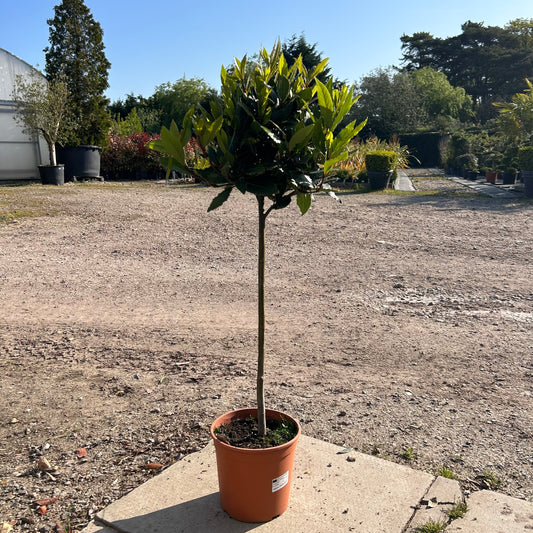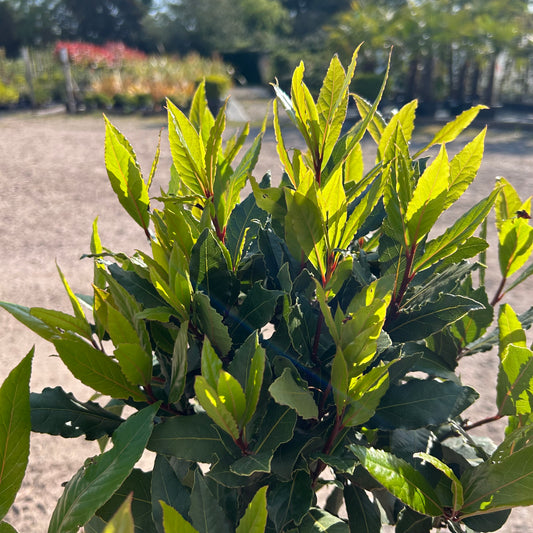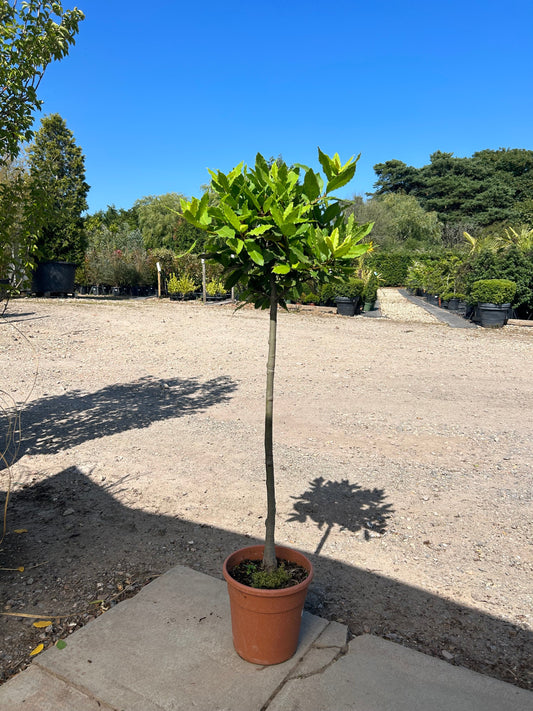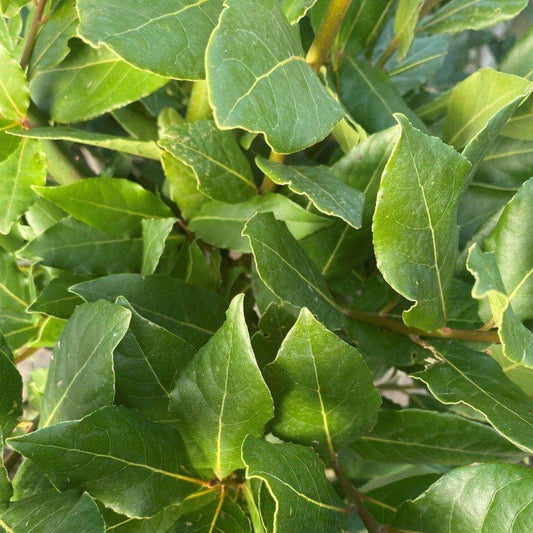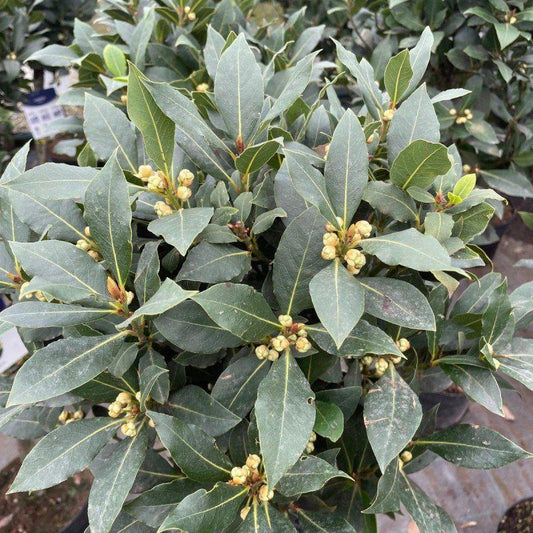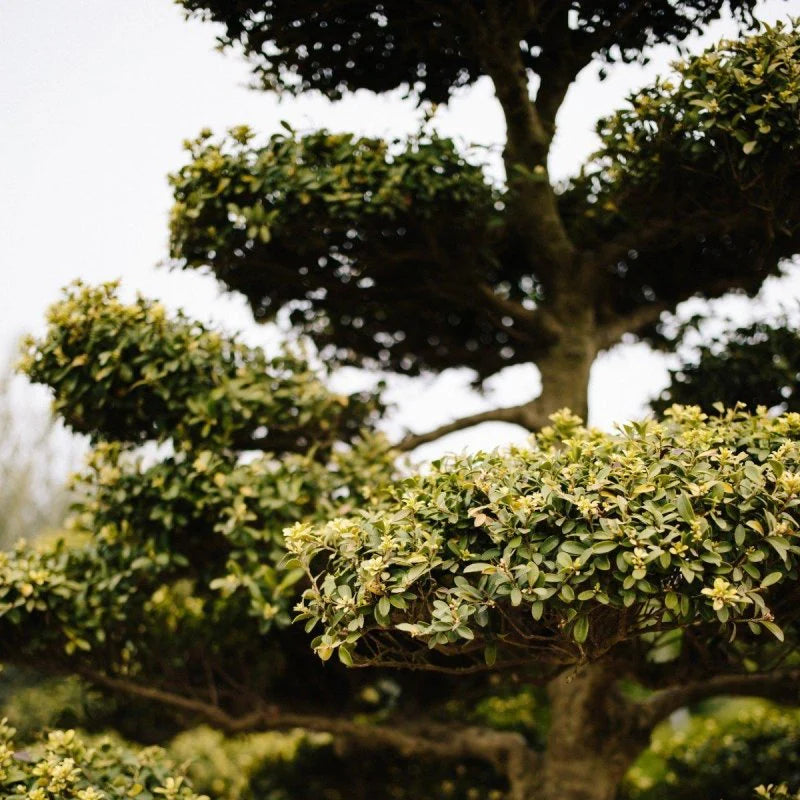Topiary Techniques: Expert Guidance for Shaping Ilex, Taxus, and Ligustrum in UK Gardens
Topiary is a fascinating art form that transforms living plants into beautiful sculptures. By mastering the techniques of shaping Ilex, Taxus, and Ligustrum, any gardener can create striking designs that enhance their outdoor space.
Understanding the fundamentals of topiary will empower gardeners to cultivate intricate forms that add personality and elegance to their gardens.
In the UK, topiary has a rich history and continues to be a valued element of garden design. Selecting the right plants and applying practical shaping techniques can make a real difference in the aesthetic of a garden, whether it’s a quaint cottage or a grand estate.
With the right knowledge, anyone can enjoy the satisfaction that comes from nurturing and crafting these living artworks.
Those interested in exploring topiary will find that it is not just about creativity, but also about understanding plant care and their growth patterns. Mastering this art allows gardeners to create unique designs that can be enjoyed for years to come.
Key Takeaways
- Topiary involves shaping plants into decorative forms for gardens.
- Ilex, Taxus, and Ligustrum are popular choices for topiary in the UK.
- Proper care and techniques ensure the longevity and beauty of topiary designs.
Fundamentals of Topiary
Topiary is the art of shaping plants into decorative forms. It involves understanding the right plant types and techniques to achieve various shapes, from simple geometric designs to intricate animal figures.
This section covers the essential aspects of topiary, including suitable plants, basic shapes, and necessary tools.
Understanding Topiary Plants
Topiary is most effective with specific plants known for their resilience and growth patterns. Common topiary plants include Ilex (holly), Taxus (yew), and Ligustrum (privet).
- Ilex offers a dense structure and glossy leaves, making it a popular choice.
- Taxus is highly flexible and grows well in shapes, providing longevity.
- Ligustrum is fast-growing and easily shaped, ideal for beginners.
Each plant has unique qualities, and understanding these helps in selecting the right one for specific designs.
Basic Topiary Shapes and Forms
Topiary shapes can range from basic geometric forms to more complex designs.
- Geometric shapes include spheres, cubes, and cones. These are foundational and provide a clean, structured look.
- Animal shapes or intricate figures require more skill and patience. Creatively shaping Ilex or Taxus can yield striking results.
Creating these shapes begins with a clear vision and often a frame or guide to maintain proportions. Simple forms are great for beginners, while complex designs challenge more experienced gardeners.
Essential Tools for Shaping Topiary
Having the right tools is crucial for effective topiary shaping. Key tools include:
- Secateurs: Essential for precise cutting and shaping. They help achieve clean cuts, promoting healthy growth.
- Hand shears: Useful for larger areas and finer details. They provide control over the cutting process.
- Powered trimmers: Best for large projects. They make quick work of thick foliage but require careful handling to avoid over-cutting.
Maintaining sharp tools is important. Dull blades can damage plants and create an unkempt appearance. Regular sharpening ensures that cuts are smooth, which aids in plant health and finish quality.
Selecting and Caring for Topiary Species in UK Gardens
Choosing and maintaining topiary species requires understanding their specific needs. Key factors include ideal growing conditions, protection from diseases, and regular maintenance routines to keep the shapes crisp and vibrant.
Ideal Conditions for Ilex, Taxus, and Ligustrum
Ilex, Taxus baccata, and Ligustrum thrive in well-drained soil and prefer partial to full sunlight. These plants are quite adaptable but benefit from a slightly acidic to neutral pH.
- Ilex (Japanese Holly) should be watered regularly, especially in dry spells.
- Taxus baccata tolerates shade well and is hardy in various conditions.
- Ligustrum can withstand pruning and responds positively to shaping.
Container gardening is also popular for these species. Use quality potting compost and ensure containers have drainage holes to prevent waterlogging. Regularly check moisture levels, as containers may dry out faster.
Protecting Topiary from Common Diseases and Pests
Topiary plants can be susceptible to pests like the box tree caterpillar and diseases such as box blight.
To protect against these issues, regular inspection is essential.
Preventative measures include:
- Cultural practices: Avoid overcrowding plants, allowing for good air circulation.
- Companion planting: Incorporate pest-repellent plants near topiary to deter unwanted visitors.
- Immediate action: Remove and dispose of infected foliage to limit disease spread.
Using organic insecticides when needed can also help manage pests without harming beneficial insects.
Maintenance and Seasonal Care
Proper maintenance is crucial for the health and aesthetics of topiary plants. Pruning is necessary to maintain shape; it should be done in late spring or early autumn.
- Mulch around the base to retain moisture and control weeds.
- Water regularly, particularly during dry spells, ensuring the soil remains moist but not soggy.
Fertilise in early spring with a balanced fertiliser to promote growth. For container gardening, repot approximately every two years to refresh the soil and allow for root growth.
Practical Techniques for Shaping Ilex, Taxus, and Ligustrum
Shaping Ilex, Taxus, and Ligustrum requires specific techniques to achieve desirable forms while maintaining plant health. Proper pruning and trimming are crucial for creating intricate designs and ensuring durability in these popular topiary plants.
The Process of Pruning Topiary
Pruning topiary involves cutting back shoots to create a clear shape. For Ilex, Taxus, and Ligustrum, it is essential to start by trimming lightly to avoid any drastic changes that might ruin the form. This technique allows for better control over the final shape.
The key is to identify the growing points and work from these to define the structure. Using sharp secateurs ensures clean cuts, reducing the risk of infection. Regular maintenance every few weeks keeps the plants healthy and encourages new growth, which is vital for complex topiary shapes.
Gardeners should also consider seasonal timing. Late spring and summer are ideal for shaping, as plants are in active growth. Always step back to assess the overall balance and symmetry of the design during the process.
Creating Intricate Topiary Designs
Creating intricate topiary designs requires careful planning and execution. Using a topiary frame can help guide the form, particularly for spiral topiary and box topiary. These frames allow for more complex shapes, making it easier to visualise the end result.
When working with the plants, it’s important to regularly check the shape from different angles. Trimming should follow the natural lines of the plant while being mindful not to over-trim any single area. This can prevent uneven growth and unsightly patches.
For those desiring unique forms, adding layers of shapes or combining different styles, like spirals with geometric forms, can enhance the garden's aesthetics. Patience and precision are key to achieving ornate, intricate designs that showcase the beauty of Ilex, Taxus, and Ligustrum in outdoor spaces.
Topiary in the Context of UK Garden History
Topiary has a rich history in UK gardens. Its roots can be traced back to the Italian Renaissance, where it became a popular garden feature. Garden designers of the time used clipped plants to create intricate shapes and designs.
In the 1500s, knot gardens emerged in the UK. These gardens featured geometric patterns made from aromatic and culinary plants. Such designs were popular for their elegance and structure.
Levens Hall in Cumbria is a notable example of historical topiary. It is famous for its traditional topiary and beautifully shaped yews. Visitors can explore its intricate designs, which date back to the 17th century.
Mazes were another common feature in topiary gardens. They provided both beauty and a playful challenge. Many gardens used trimmed hedges to create winding paths, enticing visitors to wander through their twists and turns.
The English embraced topiary and adapted it into their landscapes, often incorporating local plants such as Ilex, Taxus, and Ligustrum. These species are well-suited for topiary due to their dense foliage and ability to hold shapes well.
Topiary’s history in the UK reflects not only artistic expression but also cultural influences from European gardening traditions. The blend of these styles has resulted in uniquely British gardens that continue to inspire gardeners today.
Frequently Asked Questions
This section provides clear answers to common queries about topiary techniques, focusing on suitable plants, initial steps for beginners, trimming schedules, potting options, frame considerations, and essential care for outdoor topiary in the UK.
What are the most suitable evergreen plants for creating topiary in a UK garden?
Ilex, Taxus, and Ligustrum are excellent choices for topiary in UK gardens. Ilex (holly) offers dense foliage, while Taxus (yew) is robust and can handle hard pruning. Ligustrum (privet) is easy to shape and maintain, making it suitable for various designs.
Could you guide me through the basic steps of topiary for someone just starting out?
To begin topiary, select a suitable plant and decide on a shape. Start with simple forms, using light pruning to establish structure. Gradually, as the plant grows, shape it regularly to encourage uniform development. Use sharp shears for clean cuts and to prevent damage.
How frequently should topiary be trimmed to maintain its shape in the UK climate?
Topiary in the UK should typically be trimmed every 4 to 6 weeks during the growing season. This helps maintain the desired shape and encourages healthy growth. For slower-growing plants, less frequent trimming may be adequate, depending on the growth rate.
Which topiary plants are recommended for growing in pots within the UK?
Ilex crenata and Taxus baccata are ideal for pot cultivation. Both plants adapt well to container life and can be shaped effectively. Regular watering and appropriate potting compost, such as John Innes No. 3, help promote healthy growth.
What considerations are there for selecting topiary frames to shape Ilex, Taxus, and Ligustrum?
When choosing topiary frames, consider the size and scale of the planned shape. Frames should be sturdy enough to support the plant as it grows. It’s also important to ensure the frame allows for easy access to the plant for regular shaping and maintenance.
What are the essential care tips for maintaining outdoor topiary in the UK?
Outdoor topiary requires regular watering, especially during dry spells. Mulching around the base helps retain moisture and prevents weeds.
Regular inspection for pests and diseases is crucial, along with timely pruning to maintain shape and health.


